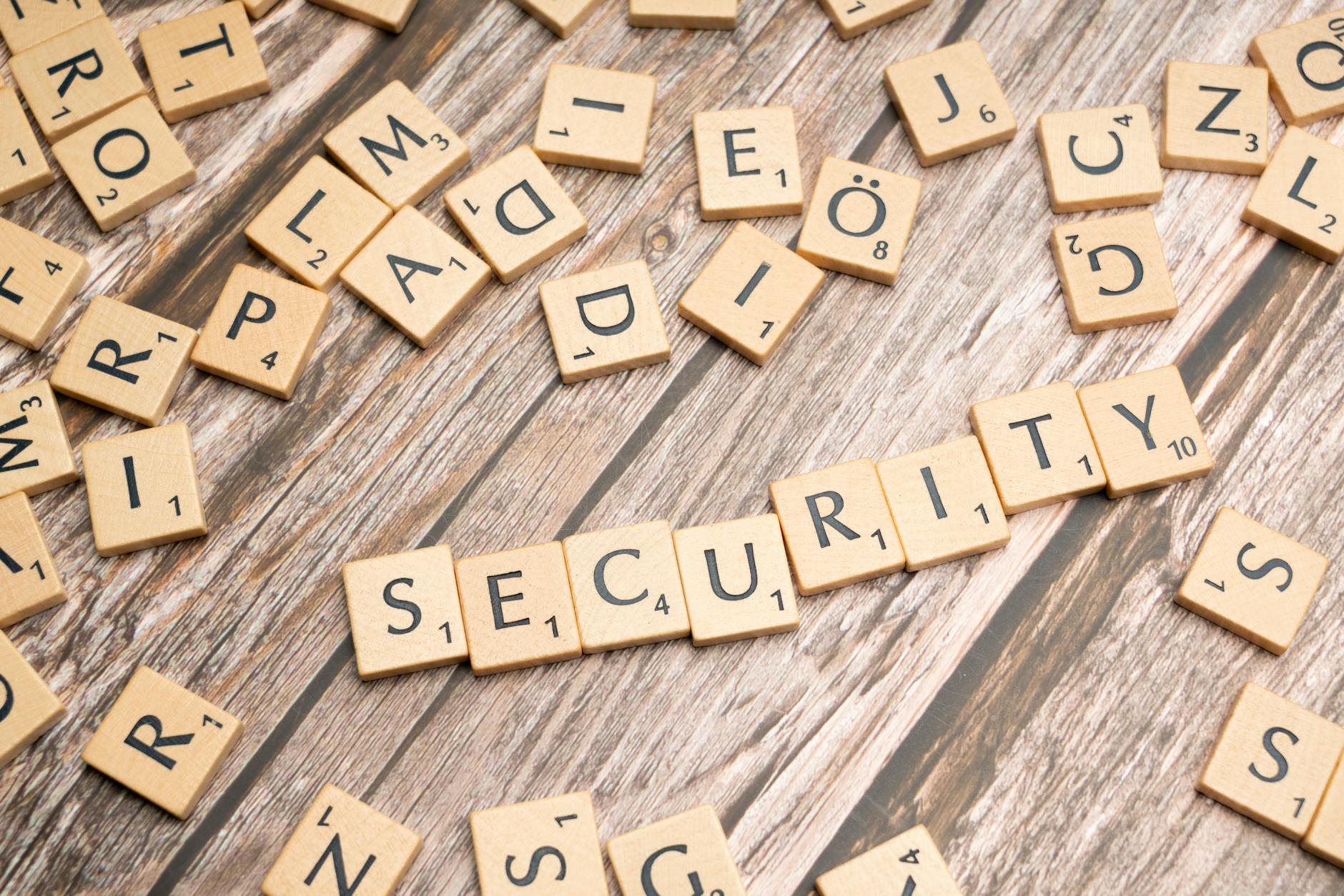Since the world is turning into an interconnected space, cybersecurity has become one of the priorities in all sectors. In the context of education, since it has adopted online learning and digital classrooms, protecting children from cyber threats has become a big concern. It is now time for schools and educational institutions to emphasize cybersecurity education as a significant means of protecting students from the various digital risks to which they are exposed.
The Growing Threat
With the rapid advancement of technology and the growing reliance on the online world for education, students are more prone to such threats as phishing and identity theft. As the K-12 Cybersecurity Resource Center explains it, between 2016 and 2021 there were close to 1300 cyber events that the US K-12 schools openly disclosed, and that percentage kept growing and growing due to COVID-19. These incidents included data leaks, ransomware injuries, and unauthorized disclosure of private information of children.
There are many warning cases like ransomware assault on the Baltimore County Public Schools, Maryland in 2020, which eventually resulted in the cessation of all school-related activities, including online learning for one week. The school was paralyzed by this move as over 115,000 students missed classes, the cause being that the school’s computer held information captive which was only released after the separate per-student ransom was paid. It has indicated that there are no security guarantees for educational establishments and the consequences of the breach of the students’ security can be detrimental to the children’s education.
The Importance of Cybersecurity Education
Cybersecurity education is necessary to introduce students to the information and abilities required to be safe in the digital world. In this aspect, the cybersecurity ideas infused into the school curriculum will help the students understand the requirement for the protection of personal information against cyber threats.
One way to cybersecurity education is to develop digital citizenship programs. These programs teach pupils responsible online behaviour. Most of the classes have discussions about privacy settings, identifying phishing emails, and the consequences of divulging personal information online. For example, one very popular program of digital citizenship known as Common Sense Education offers a comprehensive curriculum for schools to generally take up all over the United States to educate students on how to protect themselves while being online.
But in India, too, cybersecurity education is gaining much significance as the country opens its arms to digital learning and technology-driven classrooms. The educational landscape in India is vast and varied: more than 1.5 million schools with over 260 million pupils. The integration of digital tools has been a mixed bag of potential and vulnerabilities. Online usage in education was increasing day by day, and the reason behind this was the government’s Digital India project, through which the government aimed to transform the country into a digitally empowered society. On the other hand, this welcome digital transformation has exposed pupils to serious cyber risks such as cyberbullying, phishing schemes, and illegal access to personal information.
Challenges in Cybersecurity Education
Despite the understandability of implementing cybersecurity education in schools, educators deal with several obstacles in succeeding with this task. Among many challenges, bringing in enough qualified teachers will become an issue. Most educators lack a technological background, and this makes it hard to provide proper cybersecurity education. To overcome this, it is necessary to provide teachers with professional development courses in this sector.
The second cause for concern is that cyber threats are an ever-changing aspect. What is safe today may not be tomorrow, thus institutions require equipment and classes developed according to varied dangers. Working together with cybersecurity experts helps institutes stay current with developing dangers and know that the students are fully capable.
Where the digital world is changing, so must cybersecurity teaching. Safeguarding in the digital school necessitates a multidimensional approach that imparts self-defence and knowledge of possible harms to the pupils. By making cybersecurity teaching a top priority, educational institutions will make the digital world a place where learners can acquire knowledge and develop safely, not in constant fear of an attack.
Cybersecurity education, therefore, plays a leading role in the ongoing development of India’s journey into all things digital. By implanting cybersecurity awareness and digital literacy at the very heart of education, schools in India are not only safeguarding their students against immediate dangers but also awarding them with the knowledge and ability to thrive in a technological future. In this respect, academic institutions must play an active role in trying to make cybersecurity one of their priorities to make sure a digitally savvy generation in India remains digitally safe and secure and that the benefits of the digital transformation do come through without compromising the security and safety of its students.






Leave a Reply